2018 is approaching with exciting advances in technology, the future looks bright –
Here’s a few things to look forward to!
Solution – Better More Accessible Education:
MAKING LEARNING FUN AND ENGAGING – GAMIFICATION IN LEARNING
Instead of traditional education methods, using video games and incorporating other game elements in education can motivate students to understand better and do well in their exams. Compared to the traditional classroom learning set up, gamification cuts down boredom and increases productivity. Here, students are made to work in teams, collaborate and get connected in the same virtual space.
CLOUD STORAGE
Cloud storage can make learning a lot easier for students. Students no longer need to worry about their files and documents getting deleted.
Teachers too can sort their files on a class-by-class basis and easily log on to view folders for each class and each student. This can be done without any geographical constraints and the security measures involved in cloud storage enable teachers and students to also keep their work safe.
BIG DATA
Big data is expected to rule the roost and emerge as a frontrunner in the education sphere in 2018.
From students’ assignments, weekly tests, – attendance, there is scope for a lot of data generation in schools and colleges. All this information including the academic performance of students needs to be monitored in a timely fashion to understand which student is performing better and which student needs improvement.
Big data helps to analyze and reveal – important patterns and trends. Big data can save a lot of time and help teachers use the data efficiently.
TRANSPARENCY AND CONNECTION:
“By giving people the power to share, we’re making the world more transparent.”
– Mark Zuckerberg
PROMOTE GREATER GOOD:
Be it an international or local need for charitable donations or disaster relief, classrooms can use online tools to solicit and track charitable donations as well as spread awareness of these causes. Sites like FirstGiving or Pledgie can help teachers use technology as a complement to cause-based learning.
Helping kids create social awareness, all show how high-tech solutions can be used as a tool for kindness, understanding, and good.
CONTRIBUTE YOUR IDEAS TO THE WORLD AROUND YOU:
Crowdsourcing is a valuable way to advance information and the environment is no exception. Online platforms like Thundafund are a great way for anyone to add their opinion and help with scientific research. The best part here, you don’t even need to be an expert to save planet earth, all you need is a computer and you’re on your way!
MOVING TOWARDS A MORE CIRCULAR ECONOMY:
In nature, there is no waste, and it is widely believed that to replace the largely linear economy with a more circular one, will take not only system change, but first a shift in perspective – for people to realize there is no such thing as waste, only resources that must be re-purposed.
Plastic Bank and TerraCycle are great global examples of this.
The Virtuous Circle is a project that recycled the multi-layer plastic fortified food pouches, that were being donated to schools (to supplement learners nutritional intake) into school desks that were then donated to participating schools.
The project was designed to show the circular economy in action and how it is possible to extract value from material that might be considered waste.
The circular economy is a very exciting place right not for innovators and entrepreneurs to think of great new ways to see opportunity and value where others might see waste.
SOLUTION-FOCUSED GPS: CONTRIBUTION TO ENVIRONMENTAL RESEARCH
Tracking animals for wildlife research Chief scientist at World Wildlife Fund. Tracking systems have come a long way. Making it possible to go beyond just collecting data to using them to solve problems. The organization Save the Elephants uses its own software with Google Earth to track elephants in real time. The data are then used to a) create migratory corridors based on the animals’ movements and b) set up a “virtual fence,” where wildlife officers can be notified if elephants get too close to certain areas, such as farmland, and respond by scaring them away. Both are meant to minimize contact with local communities and therefore human-elephant conflict.
SOLUTION-FOCUSED GPS: CONTRIBUTION TO BETTER MAPS AND SAFETY
It’s hard to find anyone working on conservation these days that is not taking advantage of Google Earth Engine.
Or even in sports like bouldering, this is a win when looking for some good rock to climb!
Alongside these benefits, we can keep track of our pet’s and loved ones – belongings too.
BIOMIMICRY IN ACTION:
Humans are clever, but without intending to, we have created massive sustainability problems for future generations. Fortunately, solutions to these global challenges are all around us. Biomimicry is an approach to innovation that seeks sustainable solutions to human challenges by emulating nature’s time-tested patterns
As the field of biomimicry shows, nature’s technologies and designs are more often far superior to our own. Yet, instead of being scaled up, nature is taking a hit as more land gets used for human purposes. Serious discussions about protecting and re-creating systems such as wetlands, and mangroves as natural buffers against storms is a sign that nature’s engineering principles and practices are finally being recognized for their utility, not just their beauty.
ELECTRIC CARS ARE ON THE RISE:
This was on a very personal note… Have you seen the BMW I8? Greener electric cars with CO2 emissions under 120g/km – I will have that on my Christmas list!
May the force be with you all this festive season.

